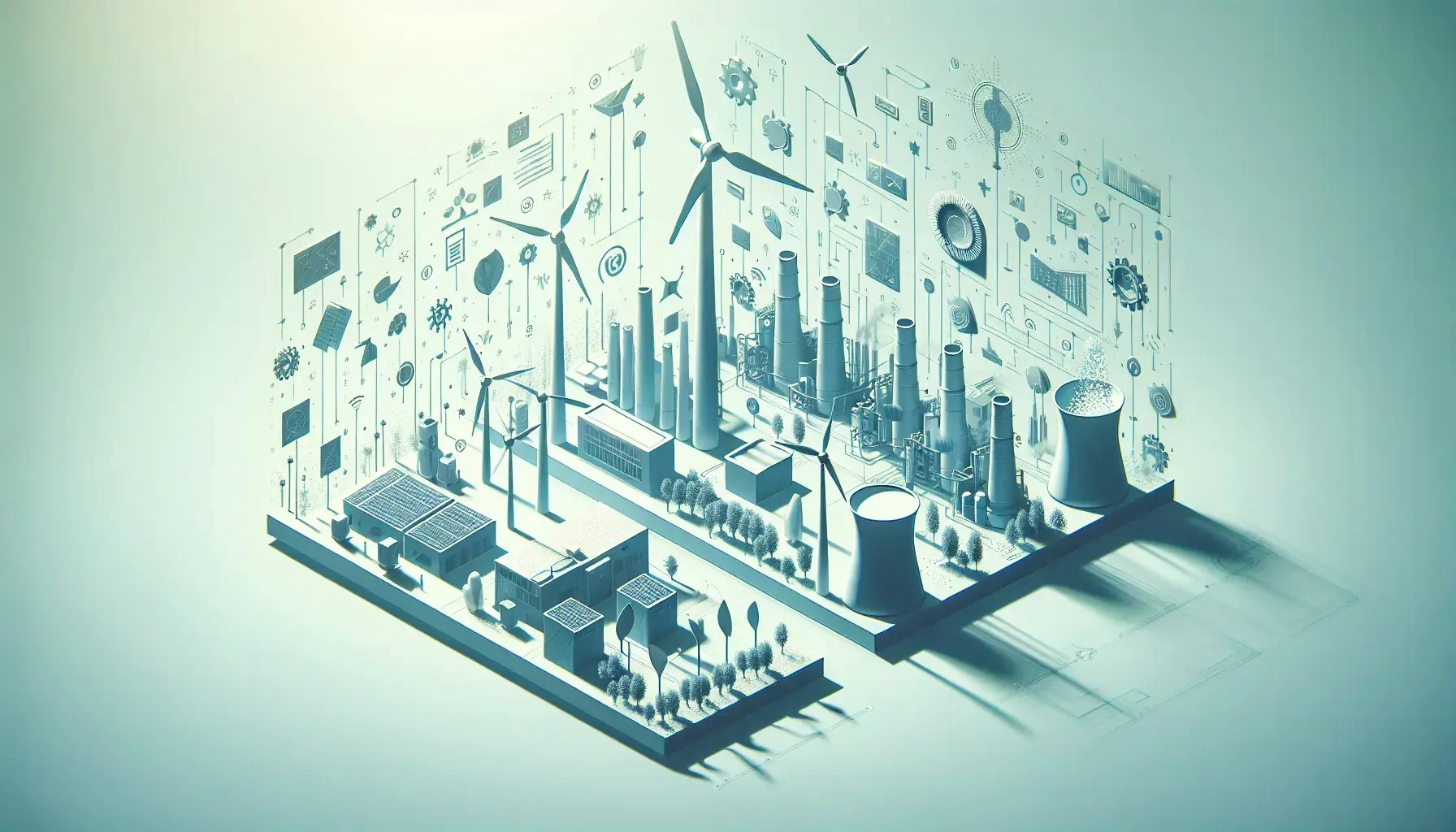The world is shifting towards sustainable practices, and the manufacturing sector is no exception. This blog post explores the integration of green energy solutions in manufacturing. We'll delve into the benefits, challenges, and practical steps that manufacturers can take to transition towards greener energy sources.
The Need for Green Energy in Manufacturing
The manufacturing sector is a significant consumer of energy. Traditional energy sources, such as fossil fuels, have been the mainstay for years. However, these sources are not only finite but also contribute to environmental degradation. The need for a shift to green energy solutions is becoming increasingly apparent.
Green energy solutions offer a sustainable alternative. They harness renewable resources such as wind, solar, and hydro power. These sources are not only abundant but also have a minimal environmental impact. The transition to green energy is not just an environmental imperative but also a strategic business decision.
Manufacturers who adopt green energy solutions can reap significant benefits. These include cost savings, improved brand image, and compliance with regulatory requirements. Furthermore, green energy solutions can enhance operational efficiency and foster innovation.
Challenges in Integrating Green Energy Solutions
While the benefits of green energy solutions are clear, their integration in manufacturing is not without challenges. One of the main hurdles is the high upfront cost. The installation of green energy systems, such as solar panels and wind turbines, requires significant investment.
Another challenge is the intermittent nature of some renewable energy sources. For instance, solar power is dependent on sunlight, and wind power requires wind. Manufacturers need to have backup systems in place to ensure a steady supply of energy.
Despite these challenges, many manufacturers are successfully integrating green energy solutions. They are leveraging innovative technologies and strategies to overcome these hurdles.
Case Studies of Green Energy Integration
Several manufacturers have successfully integrated green energy solutions. For instance, Tesla, the electric vehicle manufacturer, has installed solar panels at its Gigafactory in Nevada. The factory is now largely powered by renewable energy.
Another example is Interface, a carpet manufacturer. The company has committed to becoming carbon neutral by 2020. It has invested in renewable energy projects and implemented energy efficiency measures at its manufacturing facilities.
These case studies demonstrate that the integration of green energy solutions in manufacturing is not only feasible but also beneficial. They provide valuable insights and lessons for other manufacturers looking to make the transition.
Steps to Integrate Green Energy Solutions
The integration of green energy solutions in manufacturing involves several steps. The first step is to conduct an energy audit. This involves assessing the current energy consumption and identifying opportunities for improvement.
The next step is to explore different green energy options. Manufacturers need to consider factors such as cost, availability, and suitability for their operations. They should also consider the potential return on investment.
Once a suitable green energy solution is identified, the next step is implementation. This involves installing the necessary equipment and systems. It also requires training staff to operate and maintain these systems.
The final step is monitoring and evaluation. Manufacturers need to regularly monitor their energy consumption and evaluate the effectiveness of their green energy solutions. This will enable them to make necessary adjustments and improvements.
The Future of Green Energy in Manufacturing
The future of green energy in manufacturing looks promising. Technological advancements are making green energy solutions more efficient and affordable. Governments are also providing incentives to encourage the adoption of these solutions.
Manufacturers are increasingly recognizing the benefits of green energy solutions. They are not only reducing their environmental impact but also improving their bottom line. The integration of green energy solutions is becoming a key component of sustainable manufacturing.
Conclusion
The integration of green energy solutions in manufacturing is a complex but necessary endeavor. It requires strategic planning, investment, and commitment. However, the benefits far outweigh the challenges.
Manufacturers who embrace green energy solutions can look forward to a sustainable and profitable future. They can contribute to the global effort to combat climate change while enhancing their competitiveness. The transition to green energy is not just a trend but a fundamental shift in the way we produce goods.
Embracing Green Energy: A New Era for Manufacturing
In conclusion, the integration of green energy solutions in manufacturing is not just a necessity but an opportunity. It offers a path to sustainable and resilient manufacturing. As we move towards a greener future, manufacturers who embrace this transition will be at the forefront of innovation and growth.

